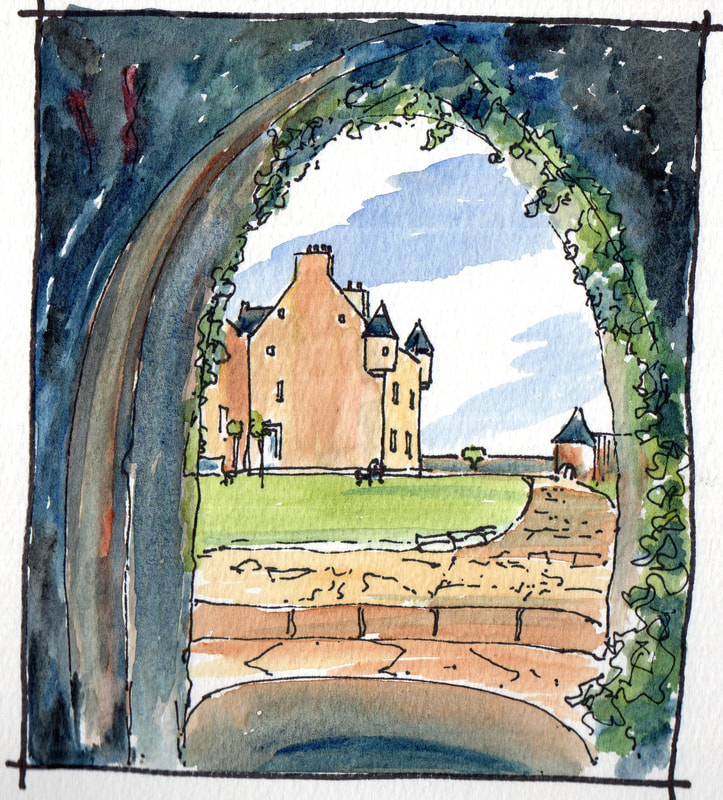Further north along the coast road is Ballygally Castle. Now a hotel, this was constructed by James Shaw of Greenock in 1625 and is a tower house in the Sottish Style with projecting bartizans at roof level. The feature which identifies it as an Ulster building is the enclosing bawn wall with corner towers or flankers typical of the defences built around strong houses during the Ulster Plantation.
|
|
|


